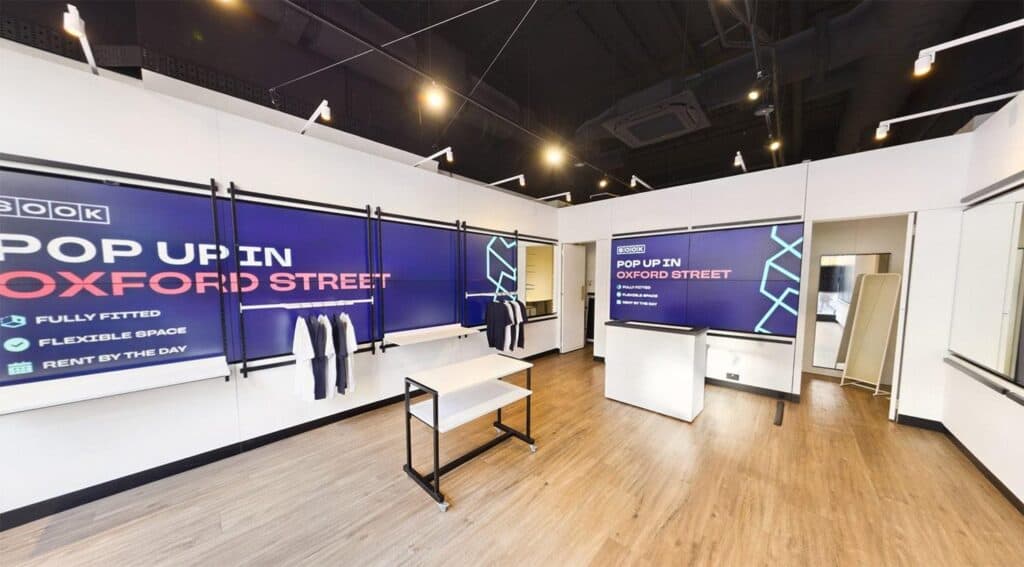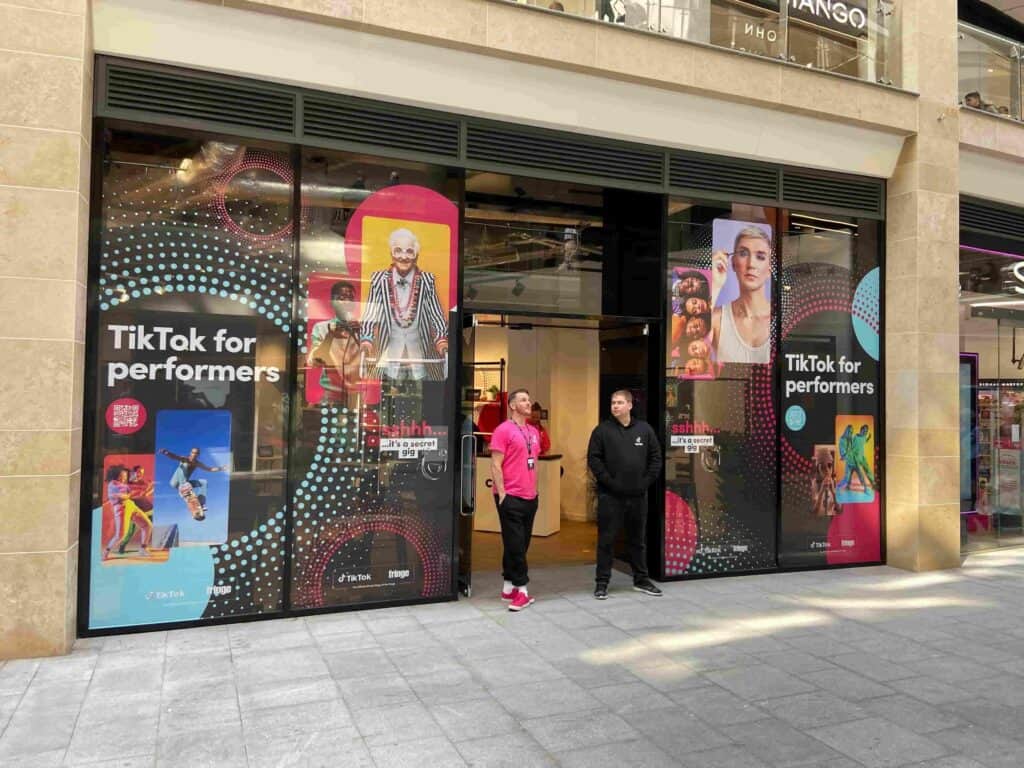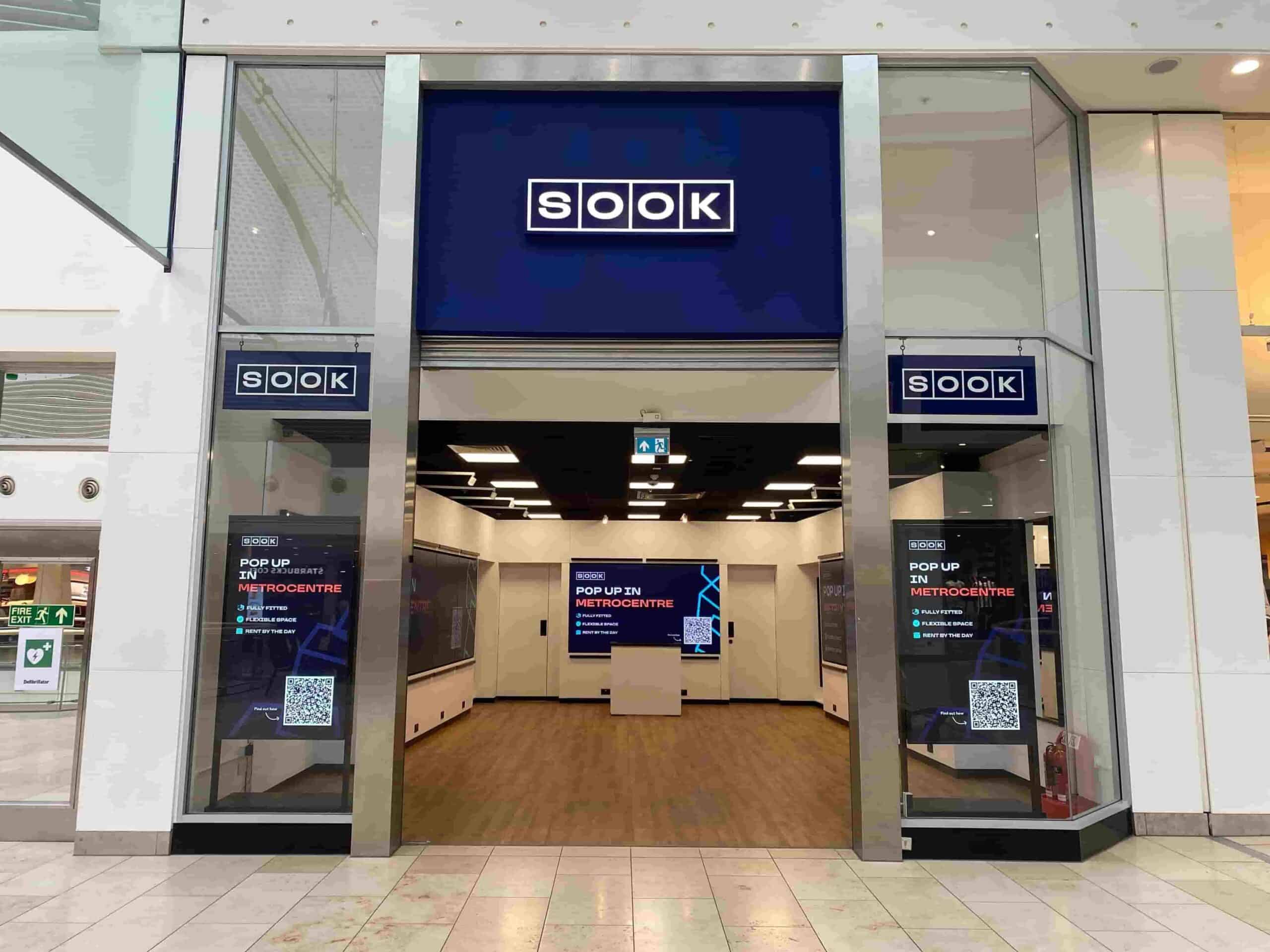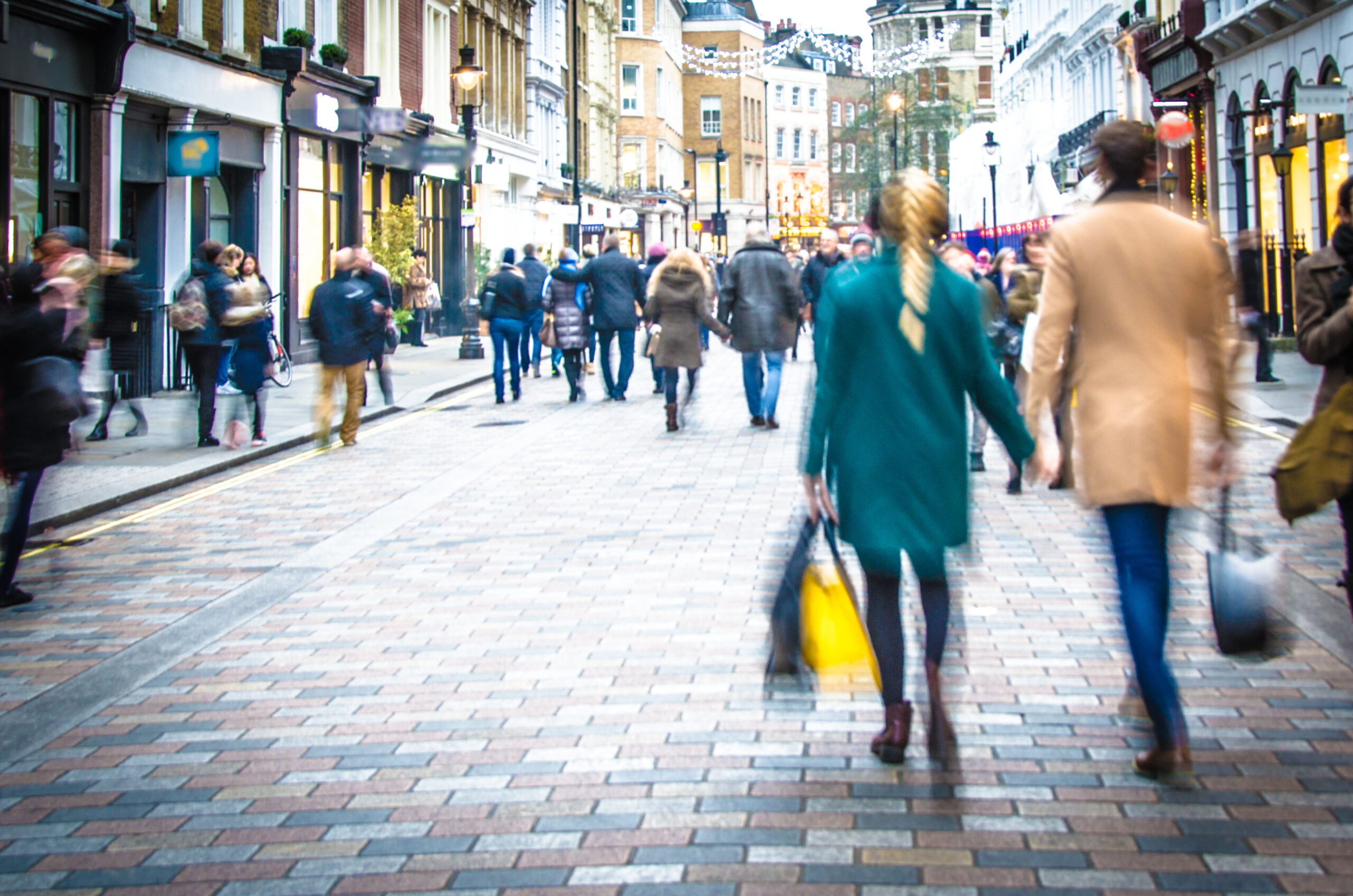From the battlefield as a Platoon Commander in the British army to the forefront of urban retail transformation, InternetRetailing speaks to John Hoyle, CEO of flexible store pop-up retail spaces, Sook, about the decline of Oxford Street, online partnerships and the future of retail.
Dissolving barriers to physical retail
Sook, which launched in 2019, champions digitally enhanced spaces for a raft of customers in hopes to embrace flexibility, innovation and a much broader customer base, amid a significant rise in store closures.

According to the Centre for Retail Research, an alarming increase of nearly 50% to a total of 17,145 retail stores shut down last year.
“The persistent vacancy has remained above 12% for more than a decade, indicating long-standing challenges in the retail sector,” Hoyle tells InternetRetailing.
“The situation has been exacerbated by the pandemic, which has further strained businesses and exacerbated the cost-of-living crisis. Additionally, climbing interest rates have put additional pressure on landlords, leading them to rethink their strategies.
“As vacancy rates climb above 15% or so, landlords are forced to adopt a more innovative and flexible approach to attract and retain tenants,” he adds.
Reaction to ‘Meanwhile On’
Last month, Westminster Council and the New West End Company launched a £10 million scheme called ‘Meanwhile On’ which offers small businesses a 70% reduction in business rates, a fit-out of stores, as well as marketing and business support.
The move has been launched in a bid to boost the local area and prevent any more American candy shops from opening.

The scheme is expected to support about 35 brands over three years, with the first opening set to debut in autumn this year, with each brand initially being offered support for six months.
However, according to Hoyle who runs a Sook site on the iconic London street, says he “firmly stands against” the initiative.
“We [Sook] hold the belief that this initiative represents yet another substantial investment from the council, but it fails to address the fundamental challenges that Oxford Street is facing. Moreover, it lacks a meaningful and lasting legacy to support small businesses in the borough.”
The comments come as London mayor Sadiq Khan pleaded with the public after a post to “rob JD Sports” on social media went viral.
He said: “I am worried about this nonsense we have seen on TikTok encouraging people to go to Oxford Street. I’d encourage anybody who’s seen it not to go to Oxford Street. Do not allow yourself to be sucked into an area that could be high-crime area.”
As a result, retailers, including Boots and Vision Express, were temporarily forced to close its stores with customers still inside while police clashed with the large crowds loitering outside the Oxford Street branch.
However, in a letter to The Guardian, M&S executive Sacha Berendji, added the activity was “another reminder of how bad things are” in the area.
According to Berendji, the area had once been “the jewel in London’s shopping crown” but now consists of “empty shops, littered streets and fewer visitors”.
“Londoners know that something must be done to save Oxford Street,” he claimed.
The balance between online and offline
Meanwhile, according to Hoyle, the intersection of physical and digital realms is an ecosystem ripe with opportunities, as a result, the flexible pop-up space has hosted over 500 brands, including the likes of TikTok, Depop, Jägermeister, Remass and Chilly’s.
“The surge in interest from online brands underscores the magnetic pull of authentic, in-person connections,” he claims. “Agile activations enable brands to tap into the power of FOMO (Fear of Missing Out) and unique offers, fostering a level of engagement that surpasses digital interactions,” Hoyle states.
“Engaging with customers in real life allows brands to establish much deeper and more authentic connections than they can achieve through online-only interactions.”
Hoyle uses the myriad of Depop sellers that regularly use Sook as an example.
“These sellers’ followers eagerly turn up to meet the online personas behind the brands, resulting in thousands of pounds in sales being made in just one afternoon,” he notes.

The future of retail
“Despite the current challenges facing high streets, there is a strong sense of hope and optimism for the future,” Hoyle states. “Positive developments are occurring across the retail landscape.”
According to recent reports, retail investment in central London has surpassed £1 billion this year. A significant portion of this investment, a tenth, is earmarked for Oxford Street, a key player in the revitalisation of the UK high street.
“This influx of investment is bound to bring about a transformation that will shape the future of these iconic retail spaces over the next decade.
Hoyle concludes: “As various stakeholders, including landlords, businesses, and communities, come together to innovate and adapt, we can anticipate a positive and dynamic evolution of high streets.”
Stay informed:
Our editor carefully curates a daily newsletter filled with up-to-date news, analysis and research, click here to subscribe to the FREE newsletter sent straight to your inbox and why not follow us on Linkedin to receive the latest updates on our research and analysis.









